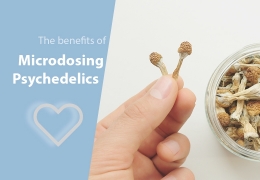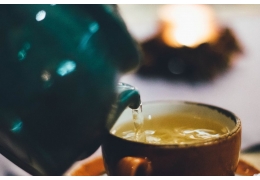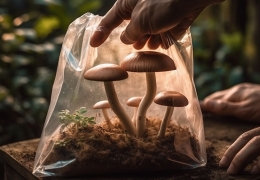Laatste berichten

De Kracht van Dagelijkse Rituelen: Hoe je je Spirituele Praktijk kunt Verdiepen
10-04-2024
Geplaatst in:
Lifestyle
14
weergaven
0
Leuk gevonden
Inhoudsopgave
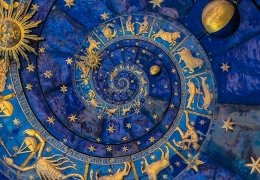
De tijdloze wijsheid van de Vedische astrologie: Een pad naar zelfontdekking en kosmische harmonie
87
weergaven
0
Leuk gevonden
Inhoudsopgave

Gratis Geleide Meditaties • Audio
03-04-2024
Geplaatst in:
Lifestyle
188
weergaven
0
Leuk gevonden
Inhoudsopgave
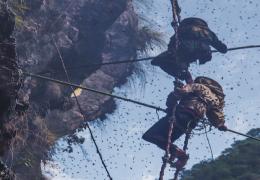
Ontdek Mad Honey - De Hallucinogene Honing uit Nepal
13-03-2024
395
weergaven
3
Leuk gevonden
Inhoudsopgave
Blogcategorieën
Zoeken in blog
Populaire posts
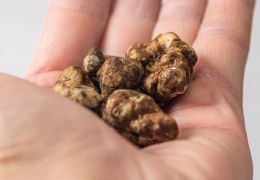
MAGISCHE TRUFFELS GIDS - HOE EET JE ZE EN WAT ZIJN DE EFFECTEN?
14-02-2019
88322
weergaven
24
Leuk gevonden
Inhoudsopgave
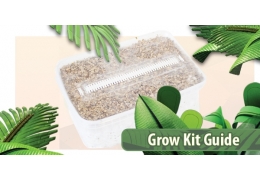
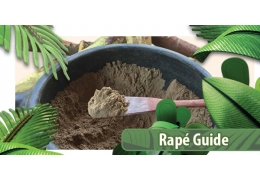
Alles over onze Rapé
13-11-2020
Geplaatst in:
Sjamanisme
43562
weergaven
2
Leuk gevonden
Inhoudsopgave
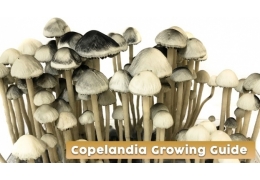
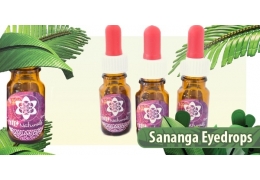
Sananga: Krachtige oogdruppels uit de Amazone
19-12-2017
Geplaatst in:
Nieuws
25255
weergaven
9
Leuk gevonden
Inhoudsopgave

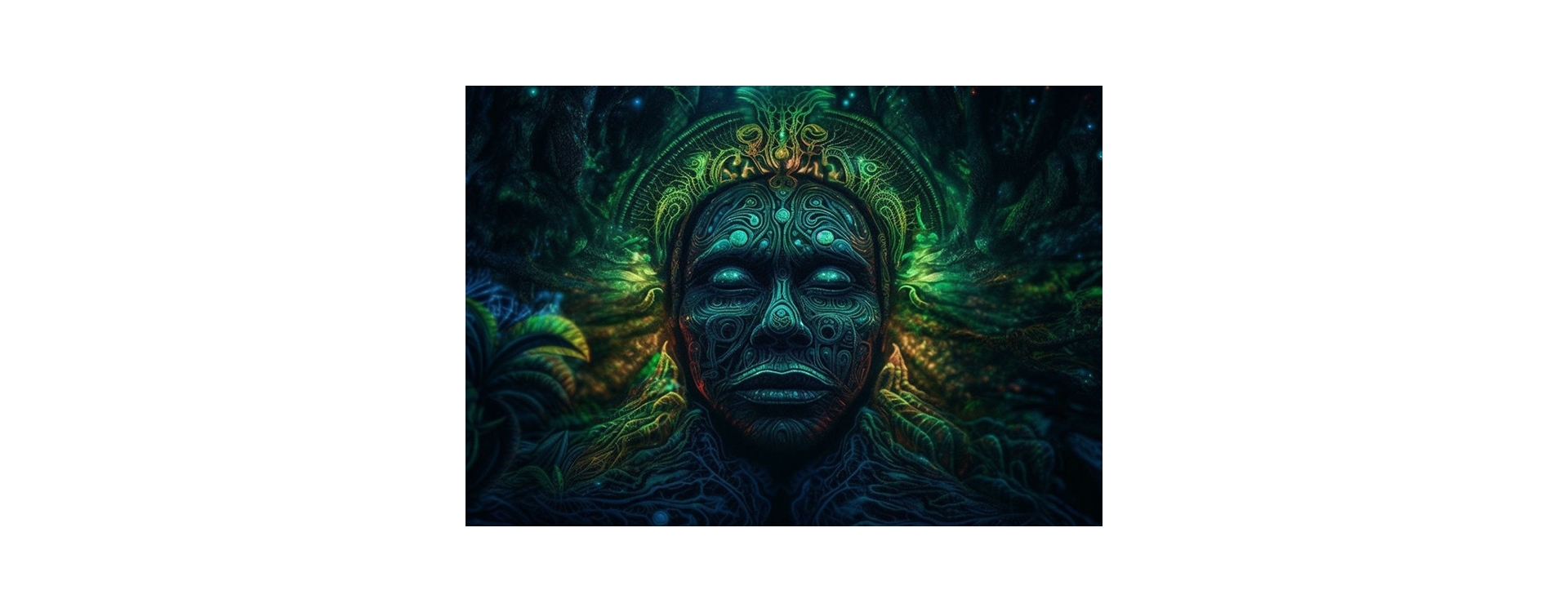
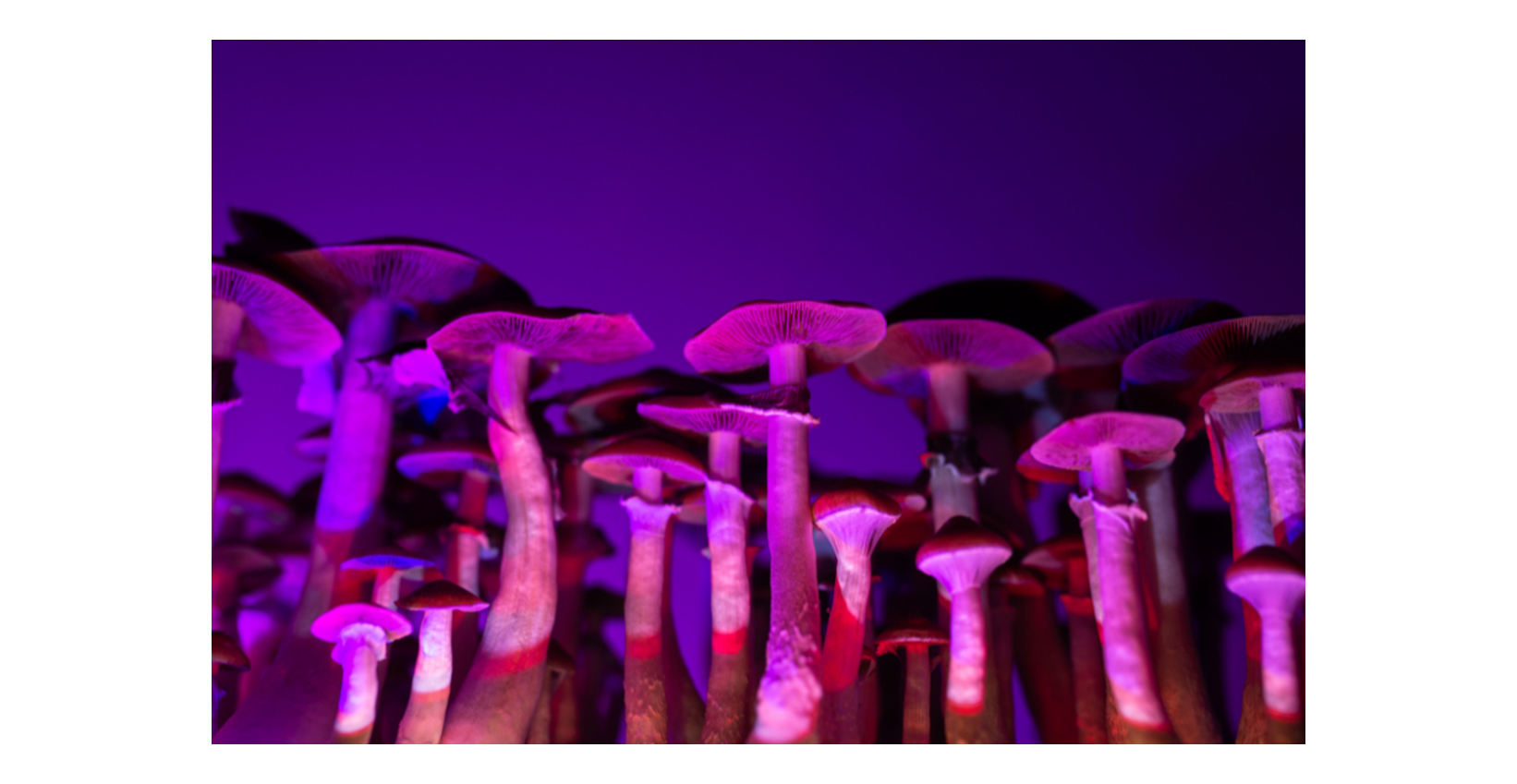


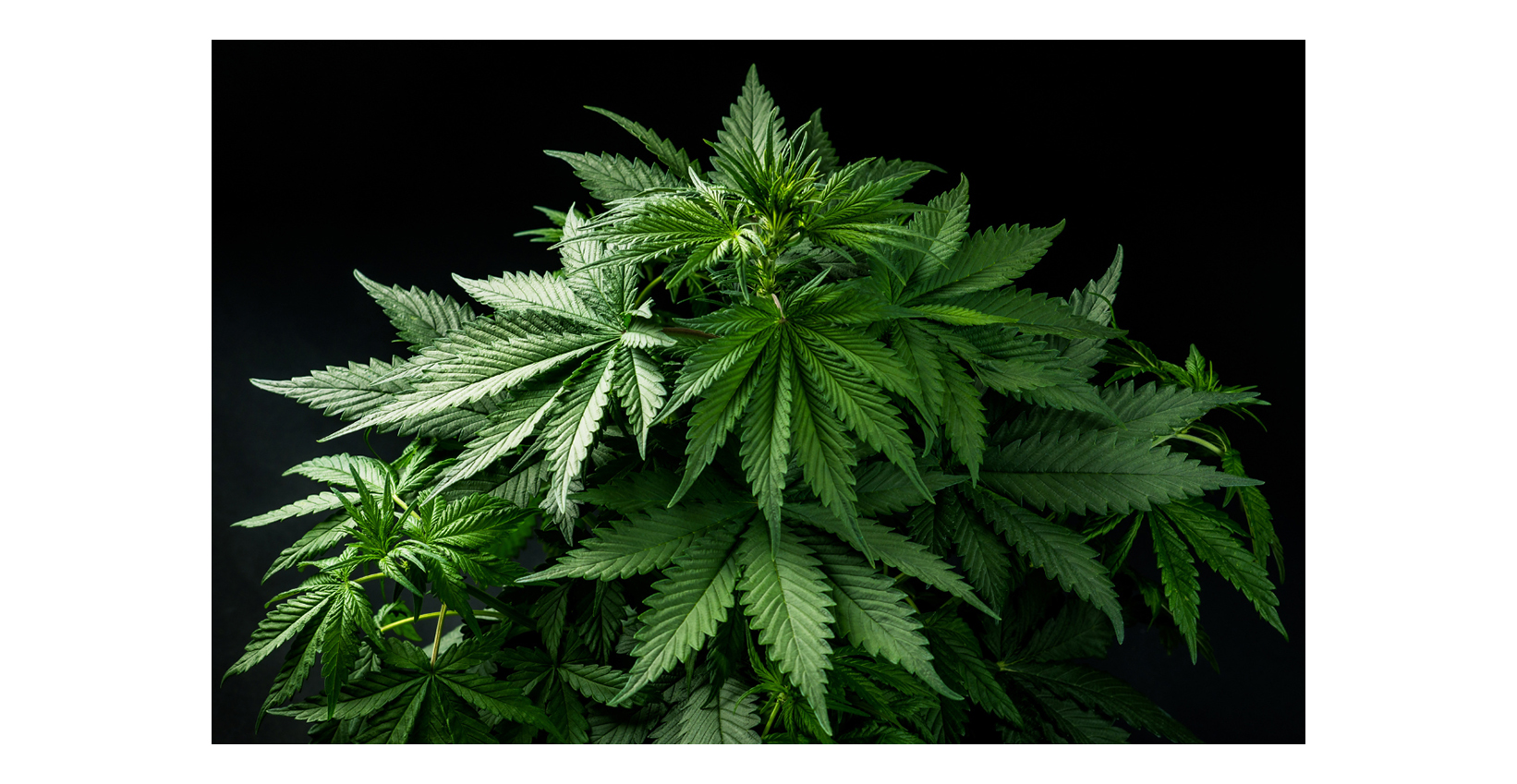

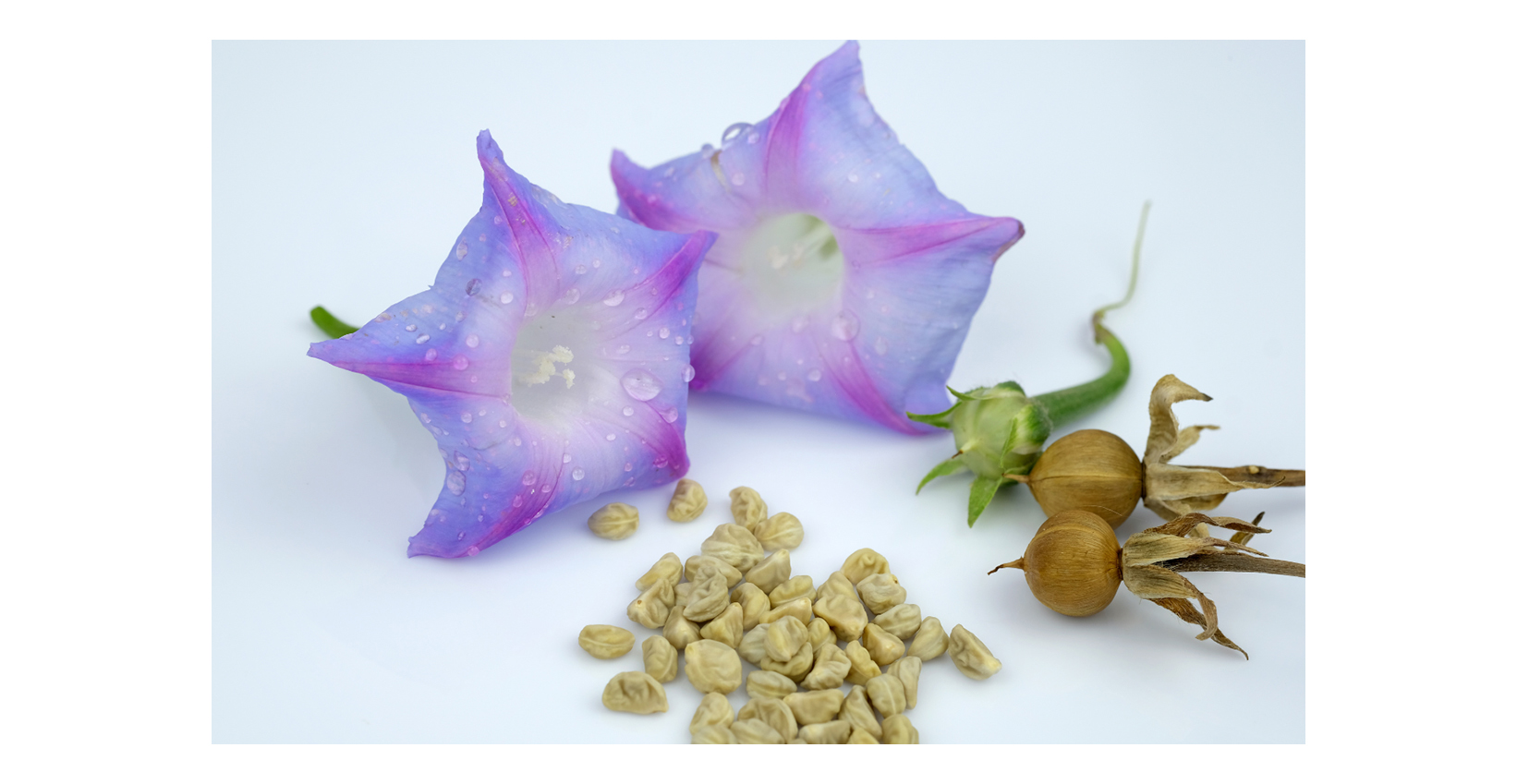
.png)
